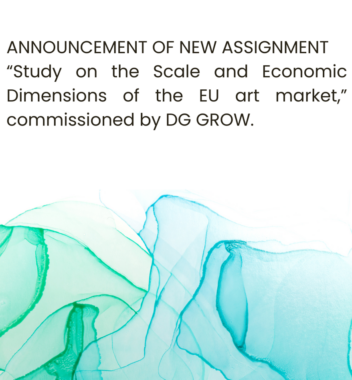
An unbalanced trade relationship between the EU and the US
Cultural Diversity and the circulation of cultural content across the EU are the cornerstone of the EU cultural policy. From outside Europe, subsidies and quota policies adopted to promote cultural diversity are often criticized as element of a protectionist vision. The European Union and its Member States are accused of erecting regulatory barriers to prevent access of cultural content from other non-EU countries. The adoption of the revised audiovisual media services Directive, which establishes new requirements to promote European audiovisual content online, is the latest episode of this long-running show. However, recent figures from a study on the elaboration of a European Music Export Strategy shed a different light to this picture. The available data shows that music consumption on music streaming platforms in Europe is way more permeable to foreign content than in the US, pointing out not only the inaccuracy of such statements, but also a clear unbalanced trade relationship between the EU and the US .
The US market is more difficult to access than the EU market
While the consumption of local repertoire accounts for around 20% of the top 200 streaming platforms in the Europe-Union, it is skyrocketing to 90% in the US. The US repertoire is representing the most consumed music on the top 200 of the EU27 streaming platforms. The argument of criticising European governments of establishing barriers to access content from other countries is void when looking at the data available. Whilst the USA has seemingly no regulatory barriers preventing foreign music to circulate domestically, the US market is actually much more difficult to access than the EU market.

* As the UK usually represents from far the biggest share of repertoire consumed on streaming, it has been separated for the analysis
These pies show also the lack of circulation of the rich and diverse European music within and beyond the European borders. Within the EU, the average share of European music of the top 200 songs is only 15.11% on average. In the US, the circulation of European music is alarming as it accounts for (only!) 1.28% of the top 200 songs on the main music streaming platforms.
Looking at the US pie, the smaller share of music originating from other territories than the US and the EU28 is another evidence of the lack of openness of the US market, and that regulatory barriers do not prevent to access cultural content from other countries. While the consumption of music originating from other territories than the EU in the EU represents on average 16.42% of the consumed music in the EU, it represents only 2.44% in the US.
Protectionism in terms of circulation of cultural content often lies beyond the remits of cultural policy
There might be some structural reasons for this. The US is dominating the world music production, and is long established as a leader (with Japan), of the world recorded market. The structuration of the American industry itself leads to a lack of permeability of foreign music. Companies are doing little to promote foreign repertoires resulting in a lack of education and music literacy of US consumers to enjoy and appreciate cultural diversity. Additionally, protectionism in terms of circulation of cultural content often lies beyond the remits of cultural policy. The restrictive visa policy in the US, together with the negotiations of tax exemptions for US acts when touring Europe gives US bands a clear competitive edge both domestically and in Europe, on top of the sheer firepower of the US music industry.
This structural problem would need to be addressed if European artists wish to increase their presence in the largest market in the world. The study on a European Music Export Strategy is a first attempt to address this challenge by providing policy options to boost the export of European music worldwide.
















































































